Home>Gardening & Outdoor>Landscaping Ideas>What Does Kentucky Bluegrass Look Like
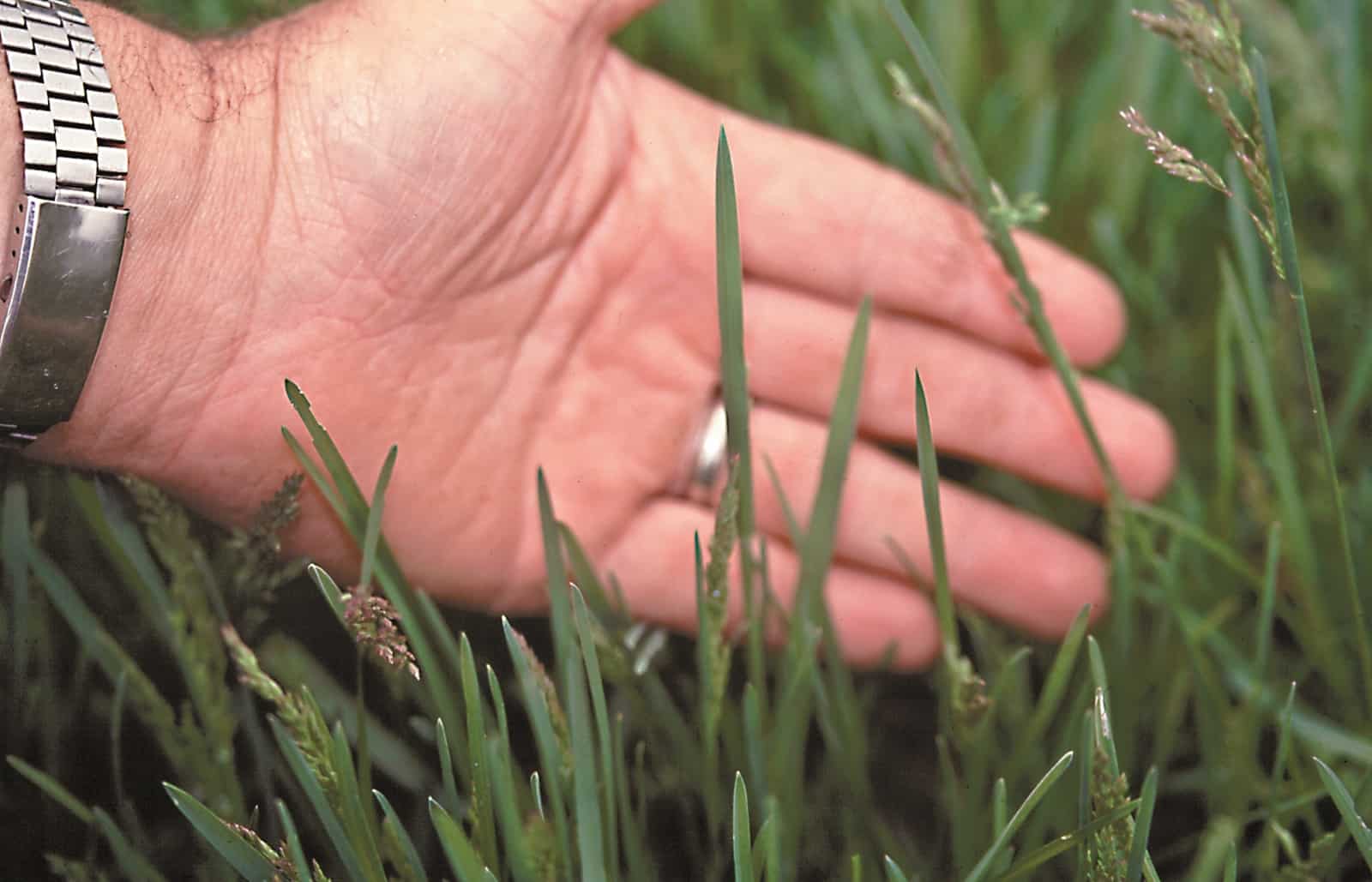

Landscaping Ideas
What Does Kentucky Bluegrass Look Like
Modified: August 27, 2024
Discover what Kentucky bluegrass looks like and get landscaping ideas for incorporating this popular grass variety into your outdoor space. Explore the characteristics and benefits of Kentucky bluegrass for a lush and vibrant lawn.
(Many of the links in this article redirect to a specific reviewed product. Your purchase of these products through affiliate links helps to generate commission for Storables.com, at no extra cost. Learn more)
Introduction
When it comes to creating a lush and vibrant lawn, choosing the right type of grass is crucial. Kentucky bluegrass, scientifically known as Poa pratensis, is a popular choice for lawns due to its fine texture, rich color, and ability to thrive in various climates. This cool-season grass is highly valued for its durability, making it a top pick for residential and commercial landscaping projects.
Kentucky bluegrass is a staple in the world of turfgrass, known for its ability to form a dense, lush carpet that can withstand heavy foot traffic and quickly recover from damage. Understanding the characteristics, appearance, growing conditions, and maintenance requirements of Kentucky bluegrass is essential for anyone looking to establish a vibrant and resilient lawn. In this comprehensive guide, we will delve into the distinct features of Kentucky bluegrass, providing valuable insights into its visual appeal, ideal growing conditions, and best practices for maintenance. Whether you are a seasoned landscaper or a homeowner eager to elevate the allure of your outdoor space, this article will equip you with the knowledge needed to make the most of Kentucky bluegrass in your lawn.
Key Takeaways:
- Kentucky bluegrass is a durable and visually appealing grass, perfect for creating lush and vibrant lawns that can withstand heavy foot traffic and recover from damage.
- By providing Kentucky bluegrass with the right growing conditions and adhering to best maintenance practices, you can ensure that your lawn remains a vibrant and enduring focal point of your landscape.
Read more: What Type Of Grass Is Kentucky Bluegrass
Characteristics of Kentucky Bluegrass
Kentucky bluegrass possesses a unique set of characteristics that set it apart from other grass species, making it a popular choice for lawns, parks, and athletic fields. Understanding these distinctive traits is essential for anyone considering Kentucky bluegrass for their landscaping projects.
- Durability: Kentucky bluegrass is renowned for its exceptional durability, making it well-suited for high-traffic areas. It can withstand the rigors of regular use, making it a top choice for lawns and recreational spaces.
- Drought Tolerance: While Kentucky bluegrass prefers consistent moisture, it exhibits a remarkable ability to withstand periods of drought. This resilience allows it to thrive in regions with fluctuating precipitation levels.
- Cold Tolerance: As a cool-season grass, Kentucky bluegrass excels in colder climates. It maintains its vibrant green hue during the cooler months, adding visual appeal to winter landscapes.
- Shade Tolerance: Kentucky bluegrass exhibits moderate shade tolerance, making it suitable for lawns with partially shaded areas. While it thrives in full sun, it can adapt to environments with limited sunlight.
- Rooting System: Kentucky bluegrass develops a dense and extensive root system, contributing to its ability to withstand heavy use and recover from damage. This robust rooting structure enhances its resilience in various environments.
These characteristics make Kentucky bluegrass a versatile and resilient choice for landscaping projects, offering a blend of visual appeal, durability, and adaptability that is highly valued in the world of turfgrass.
Appearance of Kentucky Bluegrass
One of the most appealing aspects of Kentucky bluegrass is its lush and vibrant appearance, which enhances the visual allure of any lawn or outdoor space. Understanding the distinct visual characteristics of Kentucky bluegrass is essential for anyone seeking to create a stunning and inviting landscape.
When well-maintained, Kentucky bluegrass forms a dense carpet of fine-textured, emerald-green blades that create a velvety and uniform surface. Its leaves are boat-shaped and feature a characteristic V-shaped groove on the upper side, adding to its distinctive aesthetic appeal. The blades of Kentucky bluegrass are relatively short, contributing to its finely textured and manicured look.
One of the defining features of Kentucky bluegrass is its ability to create a visually striking lawn with a uniform and consistent appearance. Its fine texture and rich color create a luxurious and inviting ambiance, making it a sought-after choice for residential and commercial landscapes alike.
Furthermore, Kentucky bluegrass produces delicate, inconspicuous flowers that add a touch of elegance to the overall aesthetic. These flowers contribute to the grass’s visual appeal, especially when allowed to grow in a naturalized setting.
When in its prime growing conditions, Kentucky bluegrass presents a picturesque and inviting landscape, setting the stage for outdoor enjoyment and recreational activities. Its lush and velvety texture, combined with its rich green color, elevates the visual appeal of any outdoor space, making it a top choice for discerning landscapers and homeowners.
Overall, the appearance of Kentucky bluegrass embodies a perfect blend of beauty, resilience, and visual appeal, making it a premier choice for creating captivating and enduring landscapes.
Kentucky bluegrass has fine, narrow leaves with boat-shaped tips. It has a rich green color and forms dense, lush turf. Look for V-shaped ridges on the upper side of the leaf.
Growing Conditions for Kentucky Bluegrass
Creating a thriving lawn with Kentucky bluegrass begins with understanding its optimal growing conditions. By providing the right environment, you can ensure that this resilient grass flourishes and enhances the beauty of your outdoor space.
Climate: Kentucky bluegrass thrives in regions with cool and temperate climates, making it well-suited for northern and transition zone areas. It exhibits exceptional cold tolerance, maintaining its vibrant green color during the cooler months. While it prefers cooler temperatures, it can adapt to a range of climates, including regions with hot summers and cold winters.
Soil Type: Kentucky bluegrass performs best in well-draining soil with a slightly acidic to neutral pH. It can tolerate a variety of soil textures, including loamy, sandy, or clay soils, provided they offer adequate drainage. Amending the soil with organic matter can enhance its fertility and structure, promoting healthy growth and vigor.
Sunlight: While Kentucky bluegrass prefers full sun, it exhibits moderate shade tolerance, making it suitable for lawns with partially shaded areas. However, to ensure optimal growth and density, it is advisable to provide at least 6 hours of direct sunlight daily. In shaded areas, selecting shade-tolerant varieties or implementing tree pruning to increase light penetration can support the grass’s growth and vitality.
Watering: Adequate and consistent moisture is essential for the establishment and sustained growth of Kentucky bluegrass. While it exhibits moderate drought tolerance, regular watering is crucial, especially during dry periods. Deep, infrequent watering promotes the development of a robust root system, enhancing the grass’s resilience and ability to withstand environmental stressors.
Fertilization: Providing Kentucky bluegrass with a balanced fertilizer regimen supports its vigor and lush appearance. A slow-release nitrogen fertilizer applied in early fall and late spring can promote healthy growth and vibrant color. Additionally, periodic soil testing can guide the application of specific nutrients, ensuring that the grass receives the essential elements for optimal development.
By understanding and addressing these growing conditions, you can create an environment that fosters the robust growth and visual appeal of Kentucky bluegrass, resulting in a stunning and enduring lawn that enhances the allure of your outdoor space.
Maintenance of Kentucky Bluegrass
Maintaining the lush and vibrant appearance of Kentucky bluegrass involves implementing a comprehensive maintenance regimen that supports its health and visual appeal. By adhering to best practices for care and upkeep, you can ensure that your Kentucky bluegrass lawn remains a stunning focal point of your outdoor environment.
Mowing: Regular mowing is essential for promoting a dense and manicured appearance. Kentucky bluegrass should be mowed to a height of around 2 to 3 inches, ensuring that no more than one-third of the grass blade is removed in a single mowing session. Maintaining the appropriate mowing height supports the grass’s resilience and visual appeal, contributing to a well-groomed and uniform lawn.
Watering: Proper watering is crucial for the health and vitality of Kentucky bluegrass. It is advisable to provide the grass with approximately 1 to 1.5 inches of water per week, either through rainfall or irrigation. Deep, infrequent watering encourages the development of a robust root system, enhancing the grass’s ability to withstand environmental stressors and promoting a lush and resilient lawn.
Fertilization: Implementing a targeted fertilization schedule supports the vigor and color of Kentucky bluegrass. Applying a balanced fertilizer in early fall and late spring provides the grass with essential nutrients, promoting healthy growth and vibrant color. Additionally, periodic soil testing can guide the application of specific nutrients, ensuring that the grass receives the necessary elements for optimal development.
Aeration: Periodic aeration helps alleviate soil compaction and promotes the movement of air, water, and nutrients within the root zone. This practice enhances the grass’s ability to access essential resources, supporting its overall health and vigor. Core aeration, performed annually or biennially, contributes to a robust and resilient lawn.
Weed Control: Implementing an effective weed control strategy is essential for maintaining the pristine appearance of Kentucky bluegrass. Regular monitoring and targeted weed management, including pre-emergent and post-emergent herbicide applications as needed, help prevent the encroachment of weeds and preserve the grass’s uniform and lush aesthetic.
By adhering to these maintenance practices, you can ensure that your Kentucky bluegrass lawn remains a vibrant and enduring feature of your landscape, providing a lush and inviting backdrop for outdoor enjoyment and recreational activities.
Conclusion
Kentucky bluegrass stands as a premier choice for creating stunning and enduring lawns, offering a blend of visual appeal, resilience, and adaptability that is highly valued in landscaping projects. Its lush and vibrant appearance, coupled with its exceptional durability and ability to thrive in diverse climates, makes it a top pick for residential and commercial landscapes alike.
Understanding the characteristics, appearance, growing conditions, and maintenance requirements of Kentucky bluegrass is essential for anyone seeking to establish a captivating and enduring lawn. By embracing the unique traits and optimal care practices associated with Kentucky bluegrass, landscapers and homeowners can create a picturesque outdoor environment that invites relaxation, recreation, and natural beauty.
From its fine-textured, emerald-green blades to its ability to withstand heavy foot traffic and recover from damage, Kentucky bluegrass embodies the ideal blend of beauty and resilience. Its lush and velvety texture creates a luxurious and inviting ambiance, elevating the visual allure of any outdoor space.
By providing Kentucky bluegrass with the right growing conditions, including adequate sunlight, well-draining soil, and consistent moisture, and adhering to best practices for maintenance, such as proper mowing, watering, and fertilization, you can ensure that your lawn remains a vibrant and enduring focal point of your landscape.
In conclusion, Kentucky bluegrass represents a timeless and captivating choice for creating enduring and visually striking lawns. Its ability to thrive in various climates, withstand heavy use, and maintain a lush and uniform appearance makes it a staple in the world of turfgrass, offering a blend of beauty and resilience that enhances the allure of outdoor spaces for generations to come.
Frequently Asked Questions about What Does Kentucky Bluegrass Look Like
Was this page helpful?
At Storables.com, we guarantee accurate and reliable information. Our content, validated by Expert Board Contributors, is crafted following stringent Editorial Policies. We're committed to providing you with well-researched, expert-backed insights for all your informational needs.

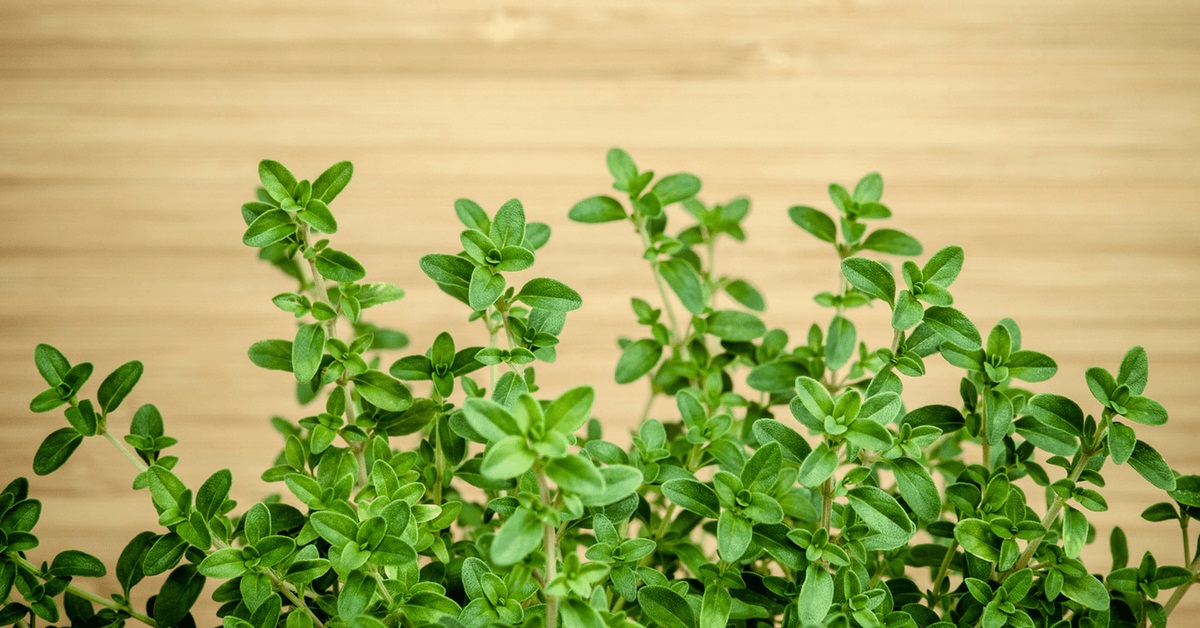
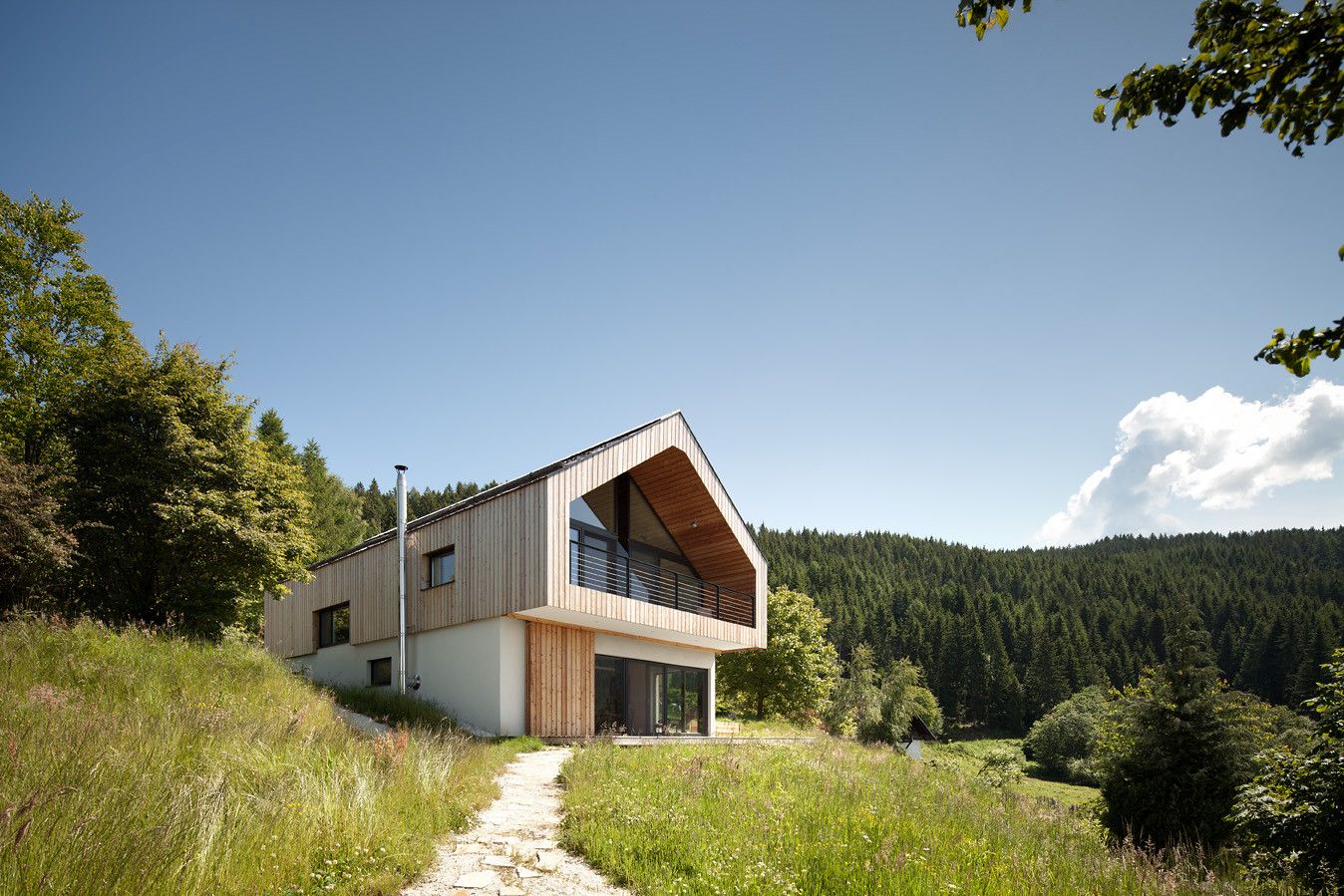

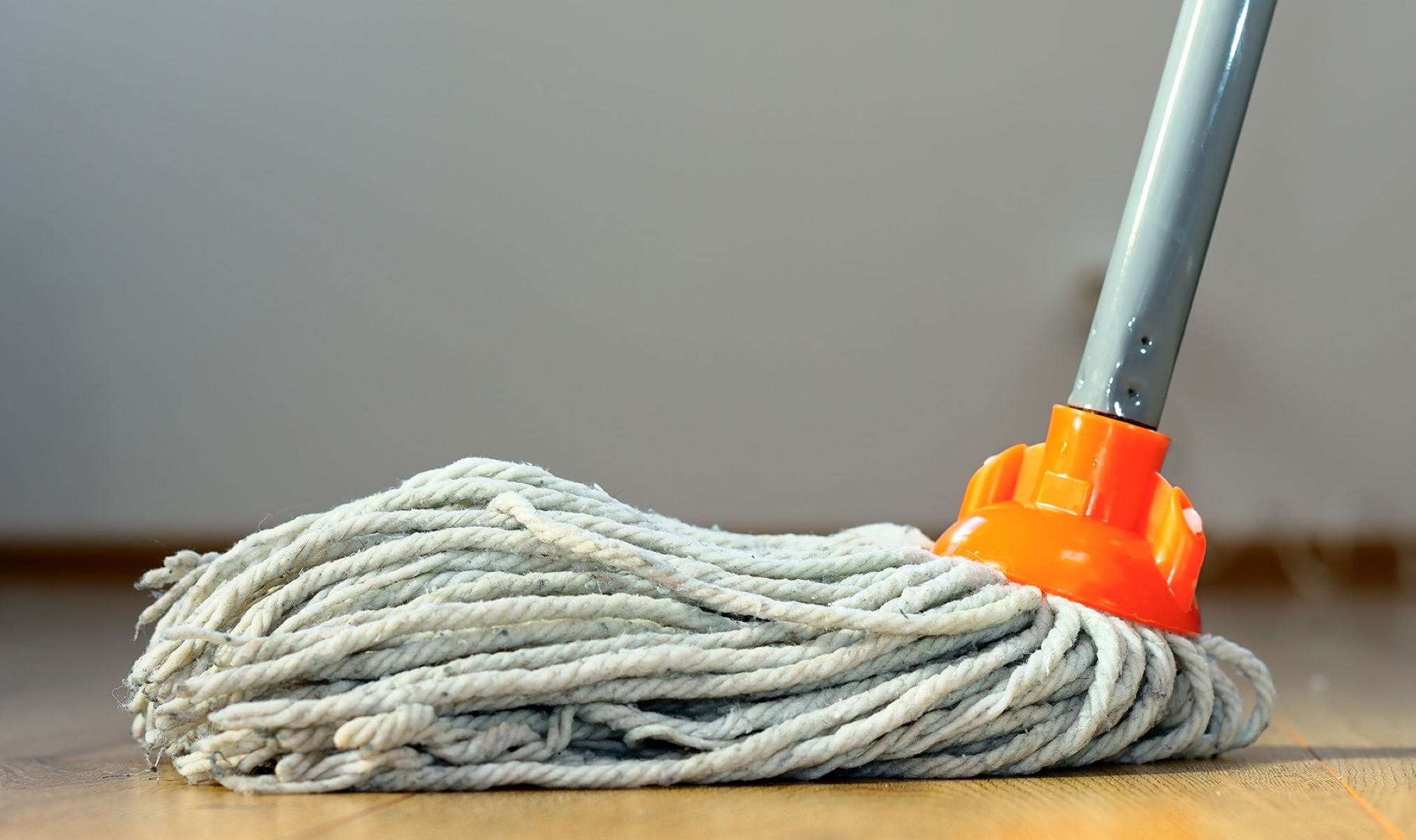


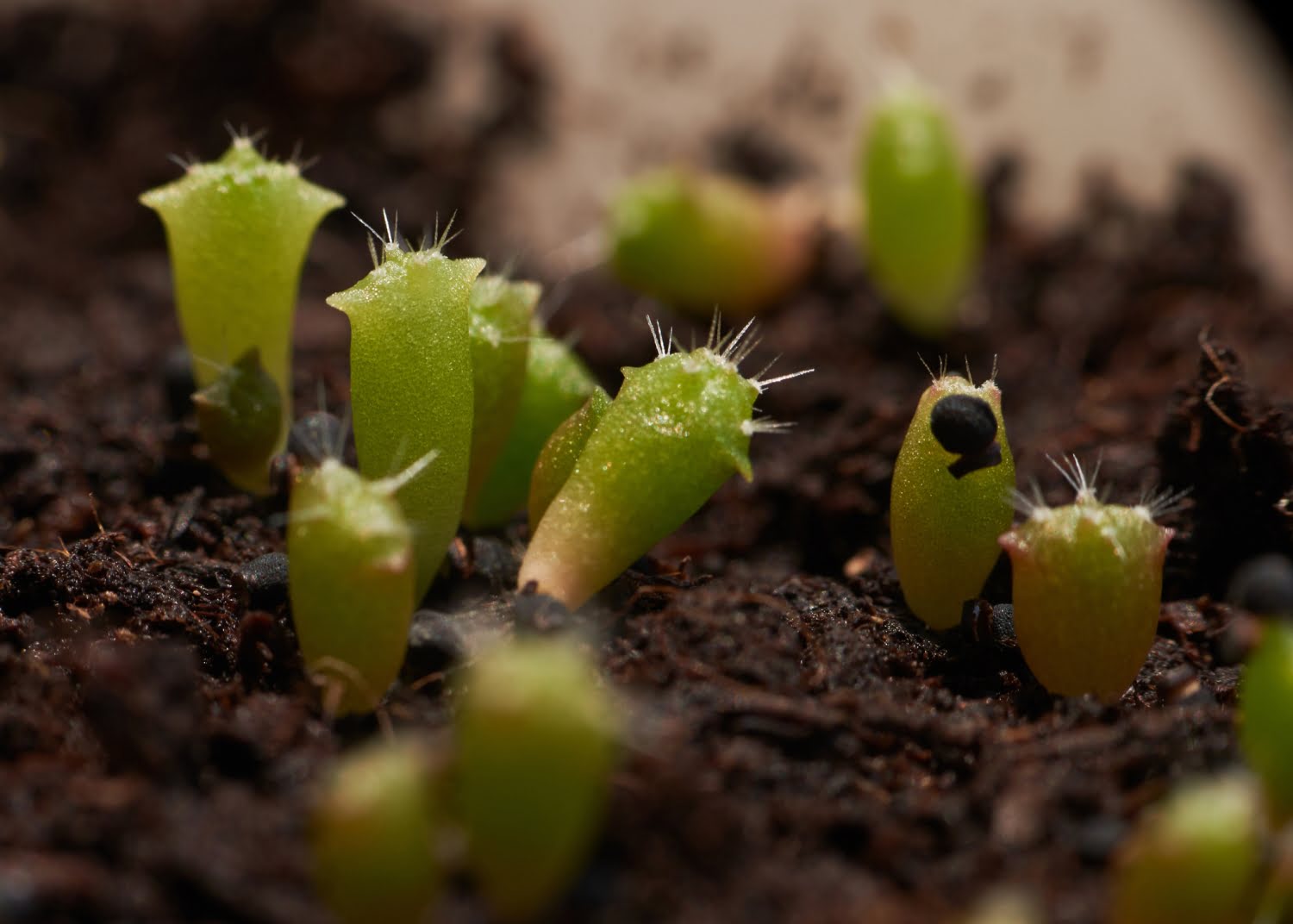
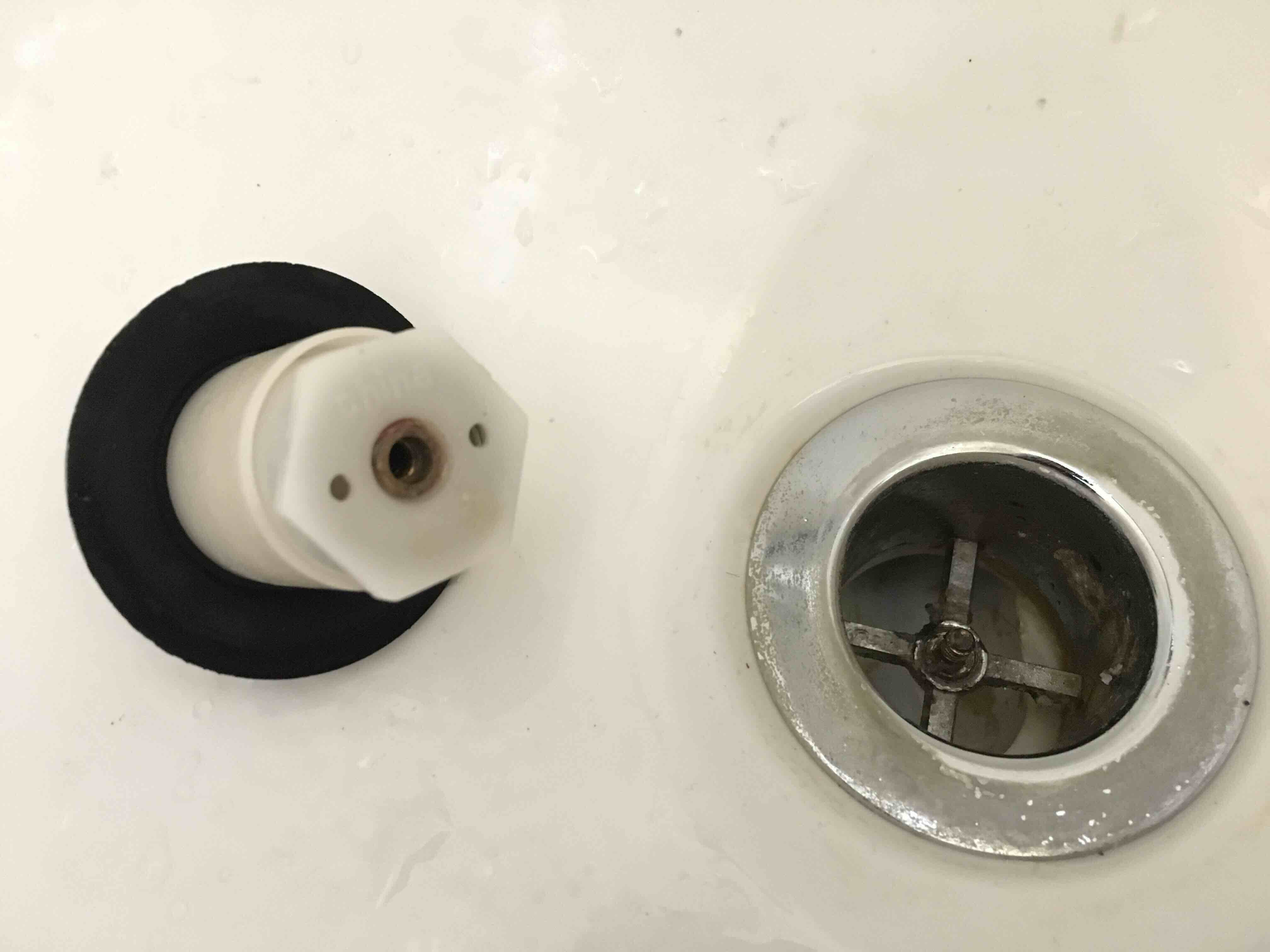
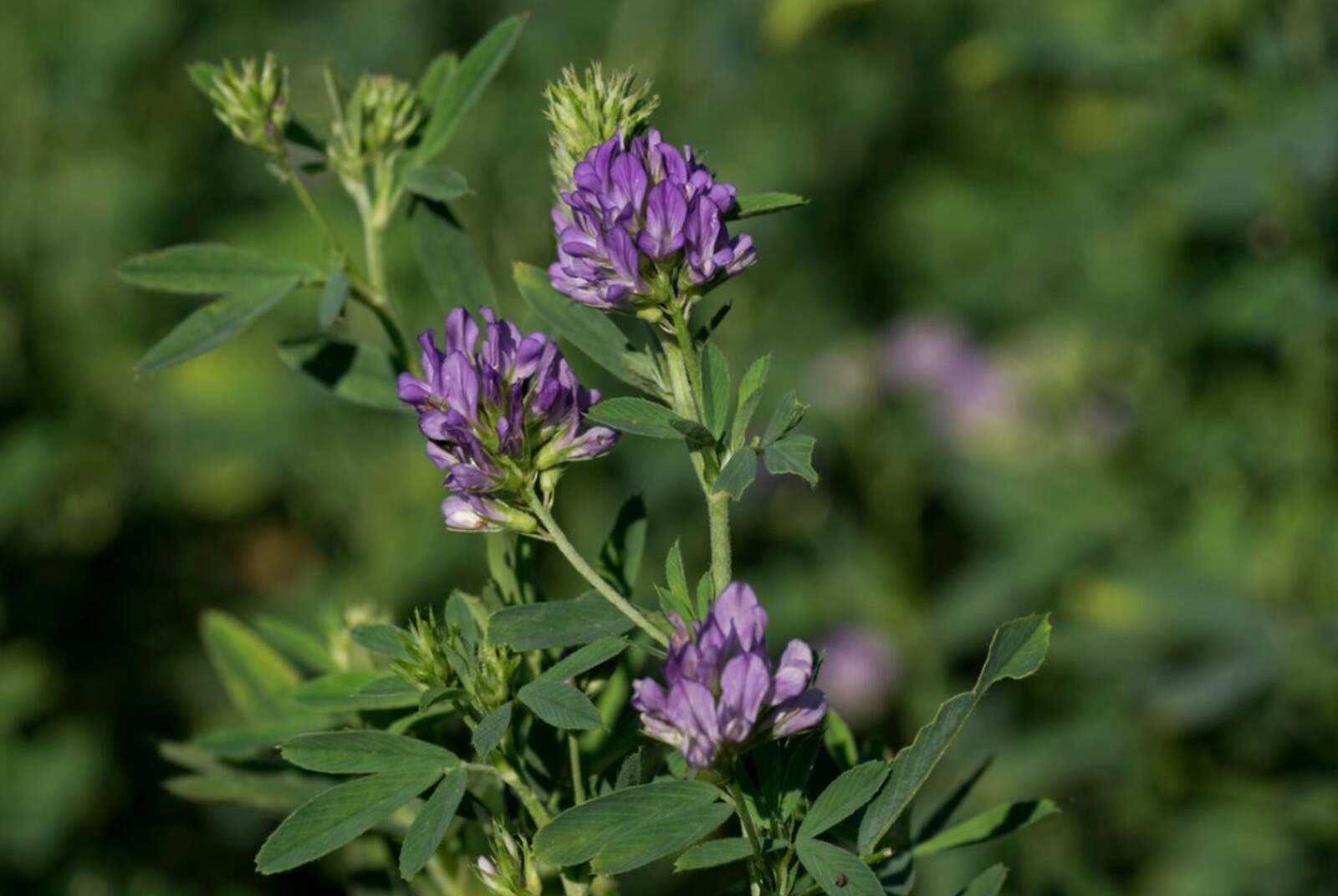
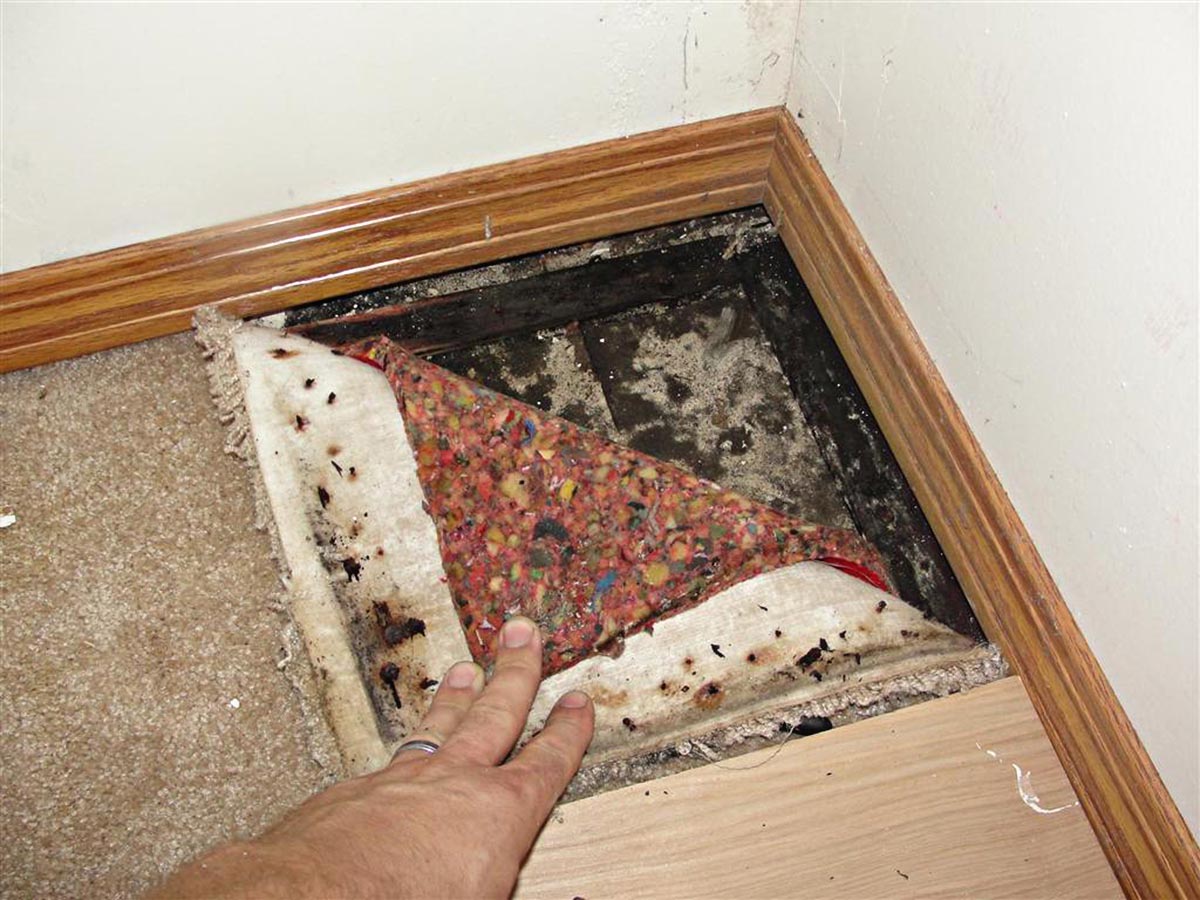
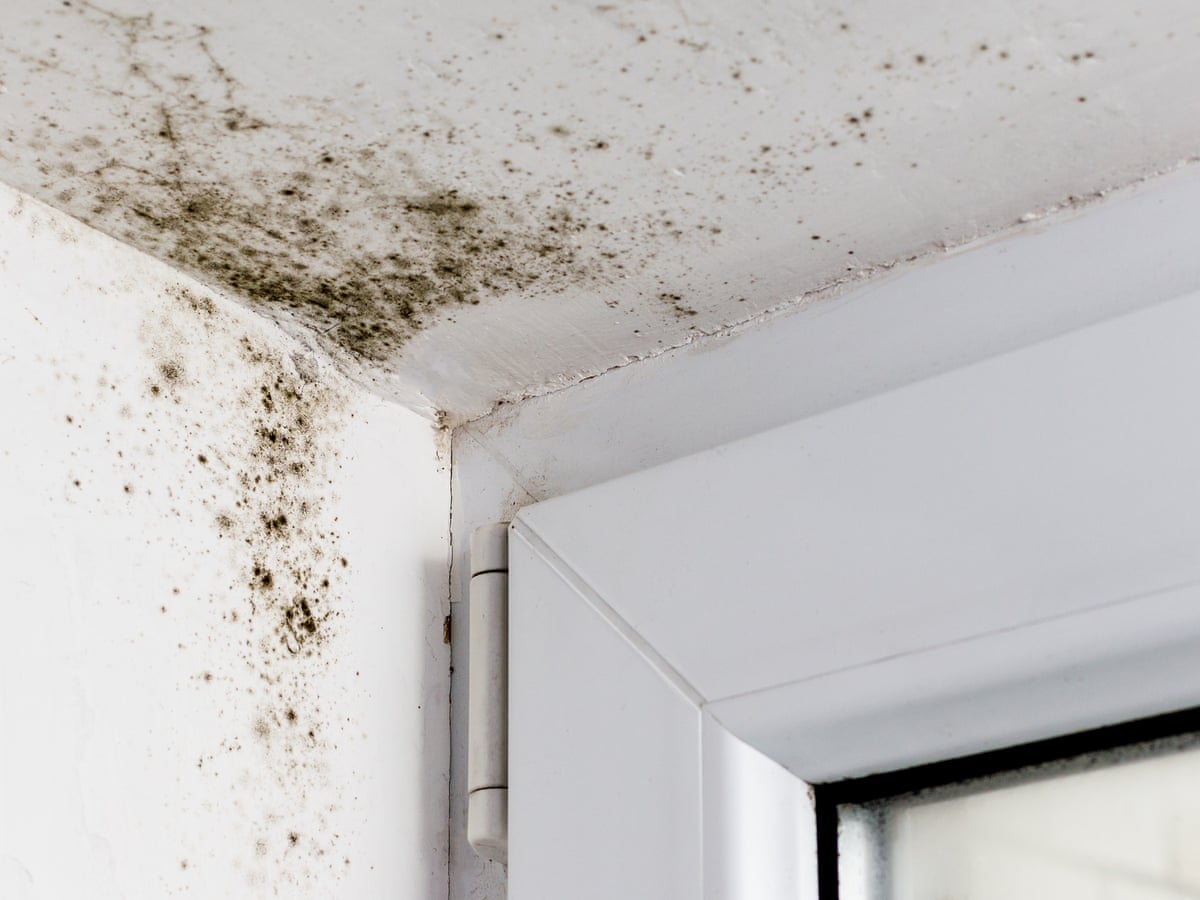
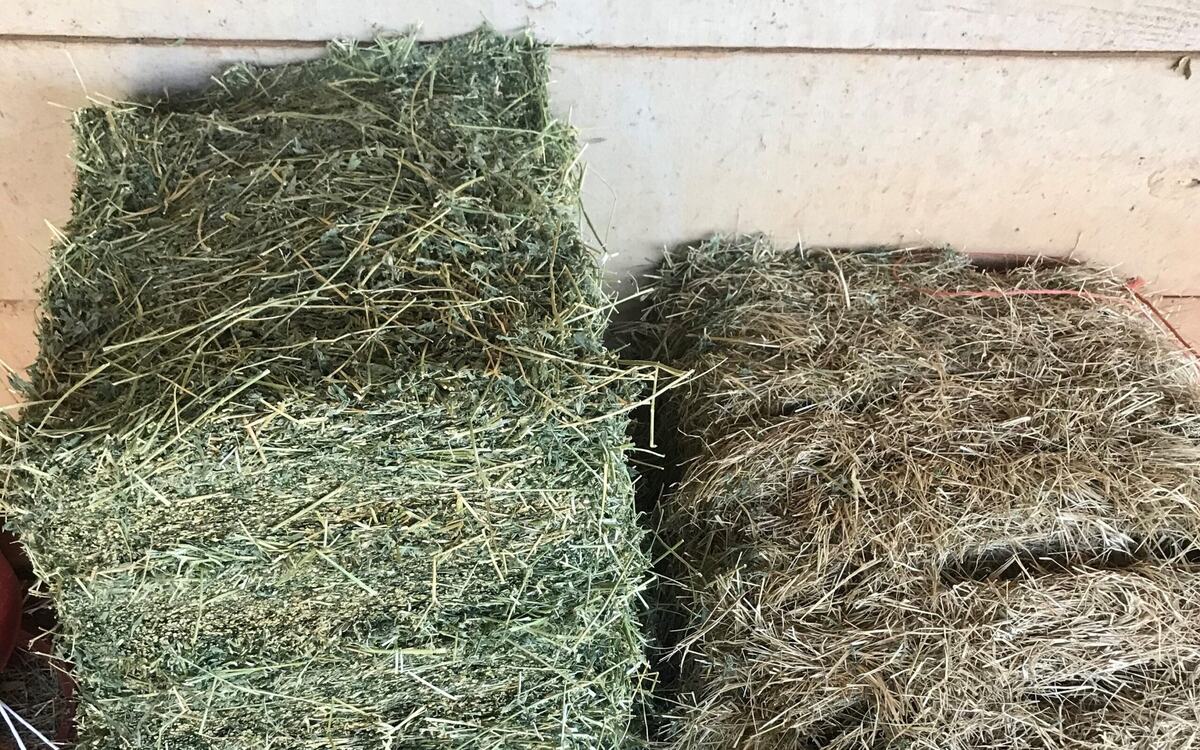
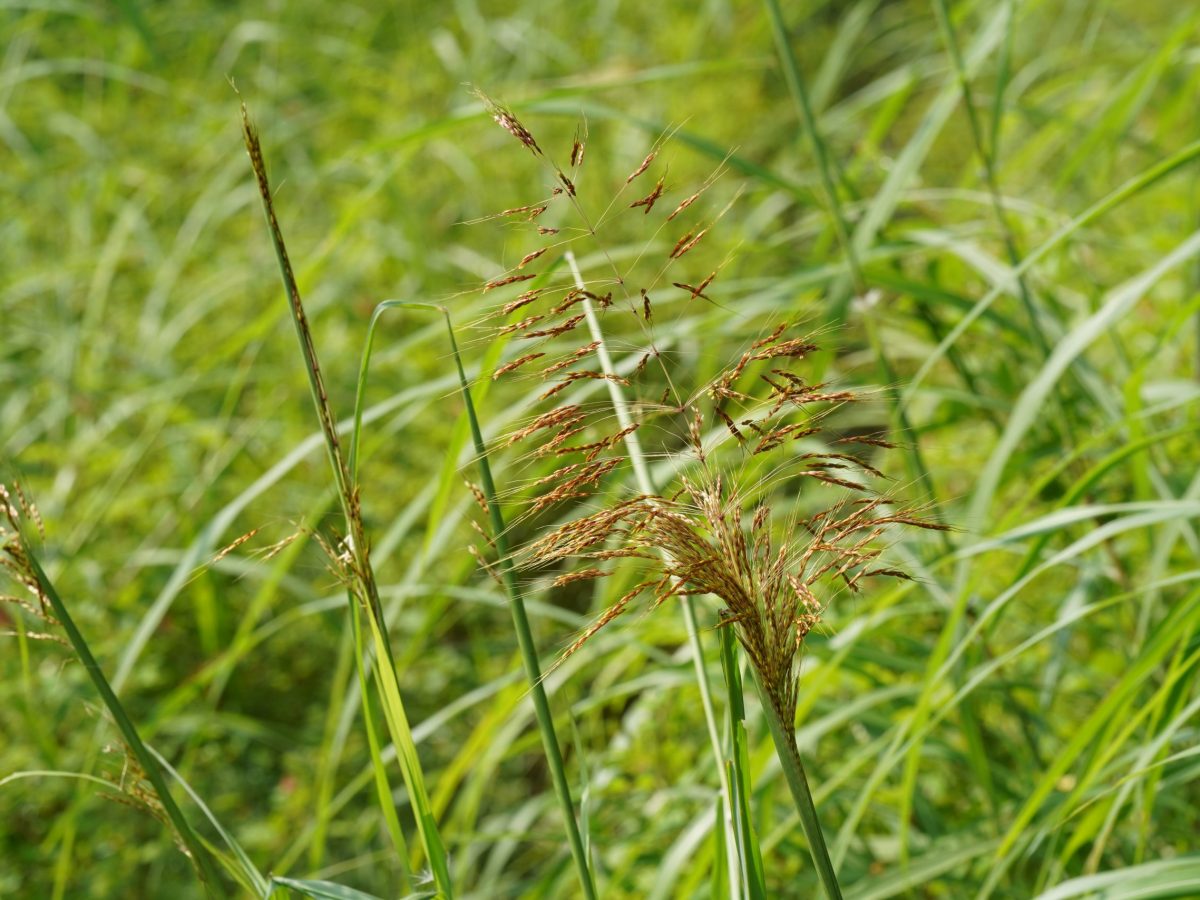

0 thoughts on “What Does Kentucky Bluegrass Look Like”